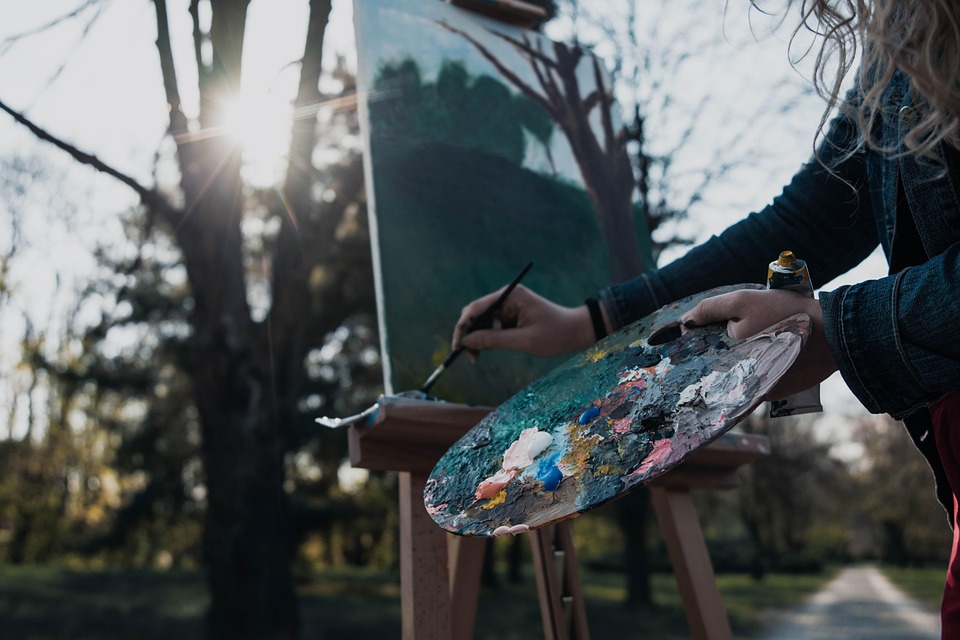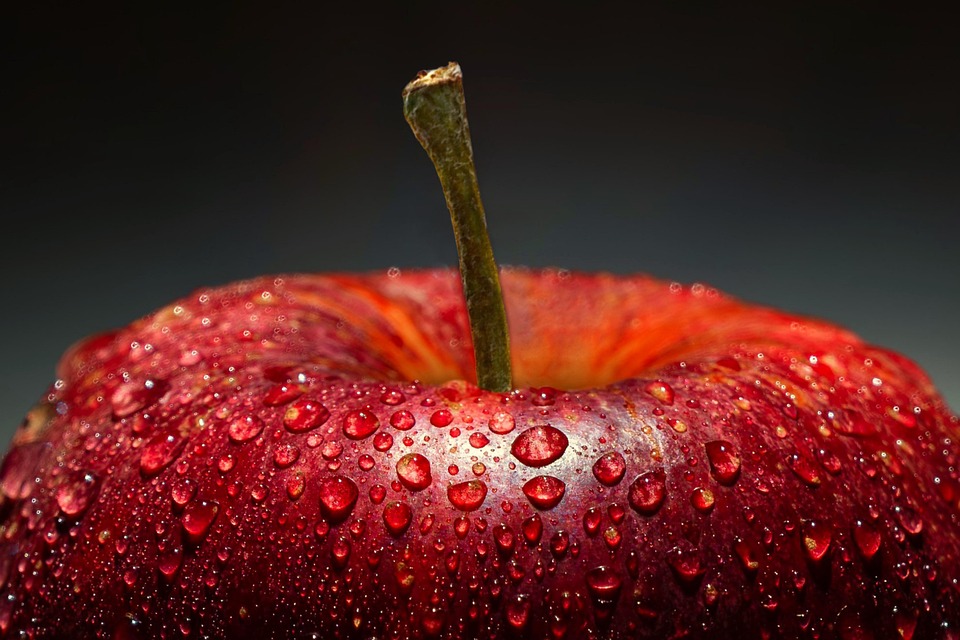Innovazioni nel Recupero Sportivo: Tecniche e Approcci per Atleti Moderni
11:07

The Science of Creativity: How to Cultivate an Innovative Mindset

Selezione di ricambi auto per auto italiane e straniere.
7 Marzo 2025

Avvocati e consulenti legali in Italia, grande esperienza e prezzi accessibili.
7 Marzo 2025

Articoli decorativi per appartamenti, case, mansarde. Ampia scelta.
7 Marzo 2025
Creativity is often perceived as an elusive trait, a gift reserved for artists, writers, and inventors. However, emerging research suggests that creativity is not confined to a select few; instead, it is a skill that can be cultivated and harnessed. With the rapid changes in technology, society, and the economy, fostering an innovative mindset has never been more crucial. This article explores the science of creativity, highlighting how it works and offering practical strategies to nurture an innovative mindset.

Decorazioni per una casa accogliente. Mobili e vari oggetti vintage.
7 Marzo 2025

Prodotti per il giardinaggio e l’orto. Grande selezione di strumenti di qualità.
7 Marzo 2025

Selezione di corsi di cucina nella tua città in Italia.
7 Marzo 2025

Prodotti per maglieria e cucito. Grande assortimento, alta qualità.
7 Marzo 2025
At its core, creativity is the ability to generate new ideas, concepts, or solutions that are both novel and useful. Traditionally, psychologists have viewed creativity through various lenses, including divergent thinking—the capacity to come up with multiple solutions to a problem—and convergent thinking, which involves synthesizing diverse inputs into a cohesive idea. Recent advancements in neuroscience have provided deeper insights into the brain processes underlying creative thought.

Tutto per gli amanti del cucito e della maglieria. Ordine online e consegna.
7 Marzo 2025

Elenco di lussuosi hotel con spa per un weekend di relax.
7 Marzo 2025
On a neurological level, creativity involves a complex interplay of different brain regions. Studies have shown that the default mode network (DMN), which is active during daydreaming and mind-wandering, plays a crucial role in creative thinking. The DMN is involved in recalling memories and envisioning future scenarios, both of which are essential for innovative thought. In contrast, the executive control network, responsible for focus and task management, regulates attention and helps refine those creative ideas into actionable plans. The collaboration between these networks allows individuals to explore their imagination and shape those ideas into tangible outcomes.
The environment plays a significant role in the cultivation of creativity. Psychological studies suggest that creativity thrives in spaces that promote autonomy, collaboration, and diversity. Here are some key aspects of an environment conducive to creativity:
Physical Space: Open, adaptable workspaces can encourage interaction and idea sharing. Natural light, greenery, and inspiring artwork can stimulate creativity by creating a more inviting atmosphere.
Collaborative Culture: A culture that values collaboration fosters creativity. When individuals feel safe to share ideas and build on each other’s contributions, innovative thoughts flourish. Interdisciplinary teams often generate the most creative solutions, as they bring together diverse perspectives and expertise.
Encouragement of Autonomy: Providing individuals with the freedom to explore their ideas can lead to greater creative output. Autonomy encourages intrinsic motivation, which is crucial for creative thinking.
While some may assume that creativity is an innate trait, researchers have identified various techniques that anyone can employ to enhance their creative output. Here are some effective methods:
Mind Mapping: This visual tool can help individuals organize their thoughts and explore connections between ideas. Start with a central concept and branch out with related ideas, allowing for free association. This technique encourages divergent thinking and can lead to unexpected insights.
Brainstorming Sessions: Set aside dedicated time for brainstorming, either alone or in a group. Encourage participants to share as many ideas as possible without judgment. The goal is to generate a wide array of possibilities before narrowing them down.
Divergent Thinking Exercises: Engage in exercises that challenge conventional thinking. For example, take everyday objects and find as many alternative uses for them as possible. This type of exercise helps to break down mental barriers and encourages innovative thought.
Meditation and Mindfulness: Practicing mindfulness can enhance creative thinking by allowing individuals to clear their minds and focus on the present moment. This practice can help reduce mental clutter, leading to improved insights and creative breakthroughs.
One of the most underrated aspects of creativity is the role of play. Play allows individuals to explore ideas without the pressure of performance or judgment. Engaging in playful activities—whether through art, music, improvisation, or even games—can stimulate creative thinking and unlock new possibilities.
Incorporating play into the workplace or daily routine can alleviate stress and foster a more creative atmosphere. For organizations, this might mean implementing design thinking workshops or allowing employees to devote time to passion projects.
Creative blocks can be frustrating and detrimental to innovation. Identifying the causes of these blocks is the first step to overcoming them. Common obstacles include fear of failure, perfectionism, and excessive self-criticism. Here are strategies to tackle these challenges:
Reframe Failure: Shift your perspective on failure as a natural step in the creative process rather than a setback. Recognize that many successful innovators have faced failures before achieving success.
Practice Self-Compassion: Cultivate a kind internal dialogue. Recognize that self-criticism can stifle creativity, while self-compassion can free you to explore ideas without fear.
Set Incremental Goals: Break down large creative projects into smaller, manageable tasks. This approach can reduce feelings of overwhelm and allow for a sense of progress.
Cultivating an innovative mindset is essential in a rapidly evolving world. By understanding the science of creativity and leveraging the right environmental factors, techniques, and mindsets, anyone can enhance their creative potential. Creativity is not just a gift, but a skill that can be developed through practice and exploration. As we navigate the complexities of the modern landscape, embracing creativity will not only drive individual growth but also fuel innovation across diverse fields. Let curiosity lead the way, and remember that the most transformative ideas often emerge from the interplay of imagination and experimentation.

Tutto per la caccia e la pesca. Attrezzatura e strumenti.
26 Marzo 2025

Innovazioni nel Recupero Sportivo: Tecniche e Approcci per Atleti Moderni
11:07

The Role of Emotional Intelligence in Educazione: Nurturing Well-Rounded Students
09:15

La Dieta Mediterranea e la Sostenibilità: Mangiare Bene, Vivere Meglio
14:34

Dalla teoria alla pratica: implementare l’innovazione tecnologica nel tuo business
23 Maggio 2025

Massimizzare il Potenziale: Tecniche di Analisi Finanziaria per Manager di Successo
23 Maggio 2025

Innovazioni nel Monitoraggio delle Prestazioni: Tecnologie per Atleti e Allenatori
29 Marzo 2025

Ethical AI: costruire un futuro responsabile per le tecnologie intelligenti
13 Maggio 2025

Attività Fisica e Alimentazione: Fondamenti Essenziali per un Stile di Vita Sano
28 Marzo 2025

Rischi e Rendimenti: Come l’Analisi Finanziaria Può Aiutarti a Navigare l’Incertezza del Mercato
12 Marzo 2025

Chi sono gli atleti più pagati del 2025?
31 Marzo 2025

I delitti più famosi in Italia: i casi di cronaca nera più eclatanti
16 Aprile 2025

Da Pantani a Tomba, fino a Sinner. Ecco gli sportivi che hanno unito l’Italia
10 Aprile 2025

La classifica delle migliori serie del 2024
19 Marzo 2025

Innovazione e Adattamento: Come i Settori Stanno Cambiando nel Mercato Moderno
2 Aprile 2025

Networking Efficace: Costruire Relazioni per il Successo Imprenditoriale
1 Aprile 2025

Integratori Alimentari: Trend e Innovazioni nel Settore Gastronomico
20 Marzo 2025